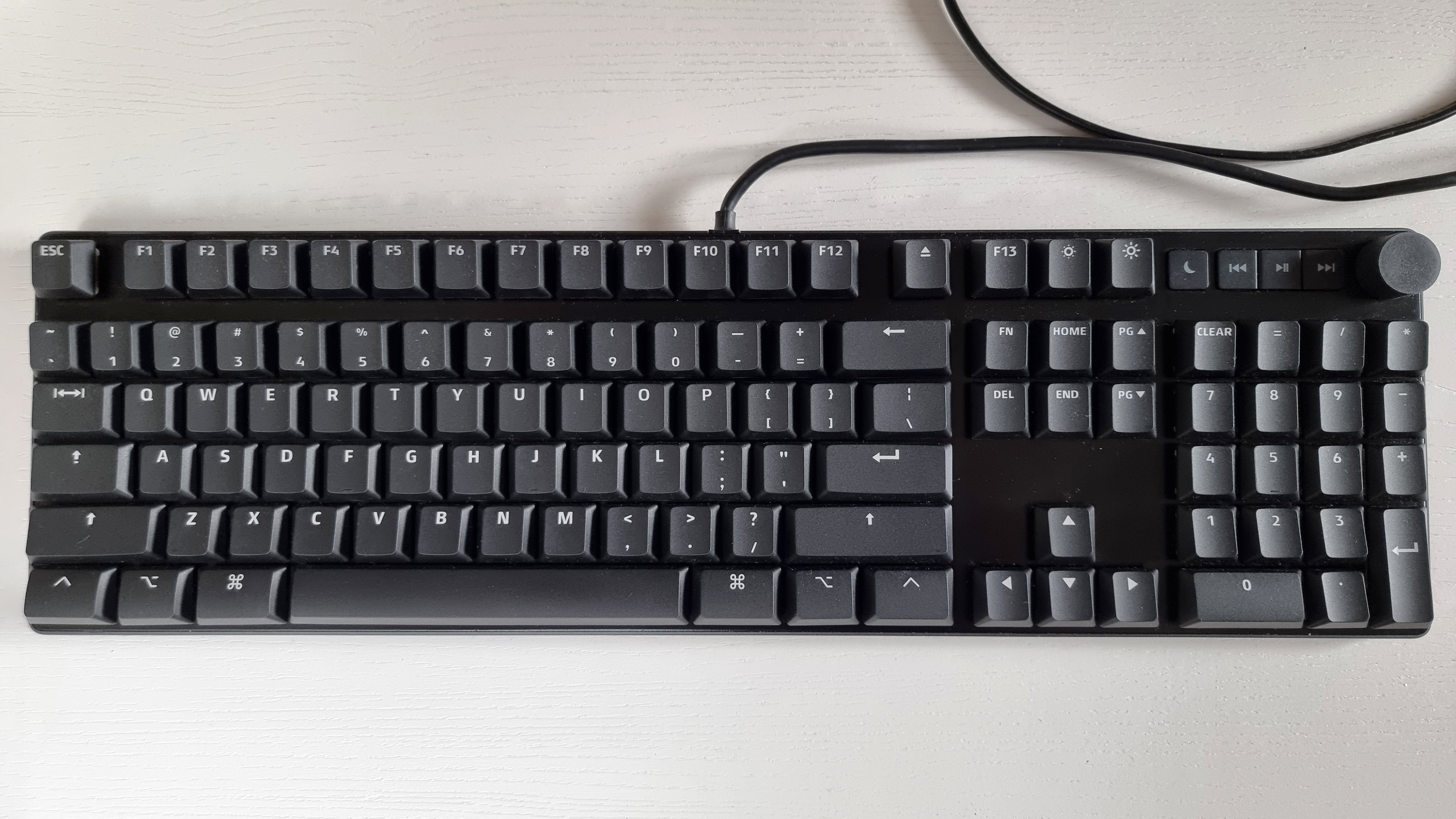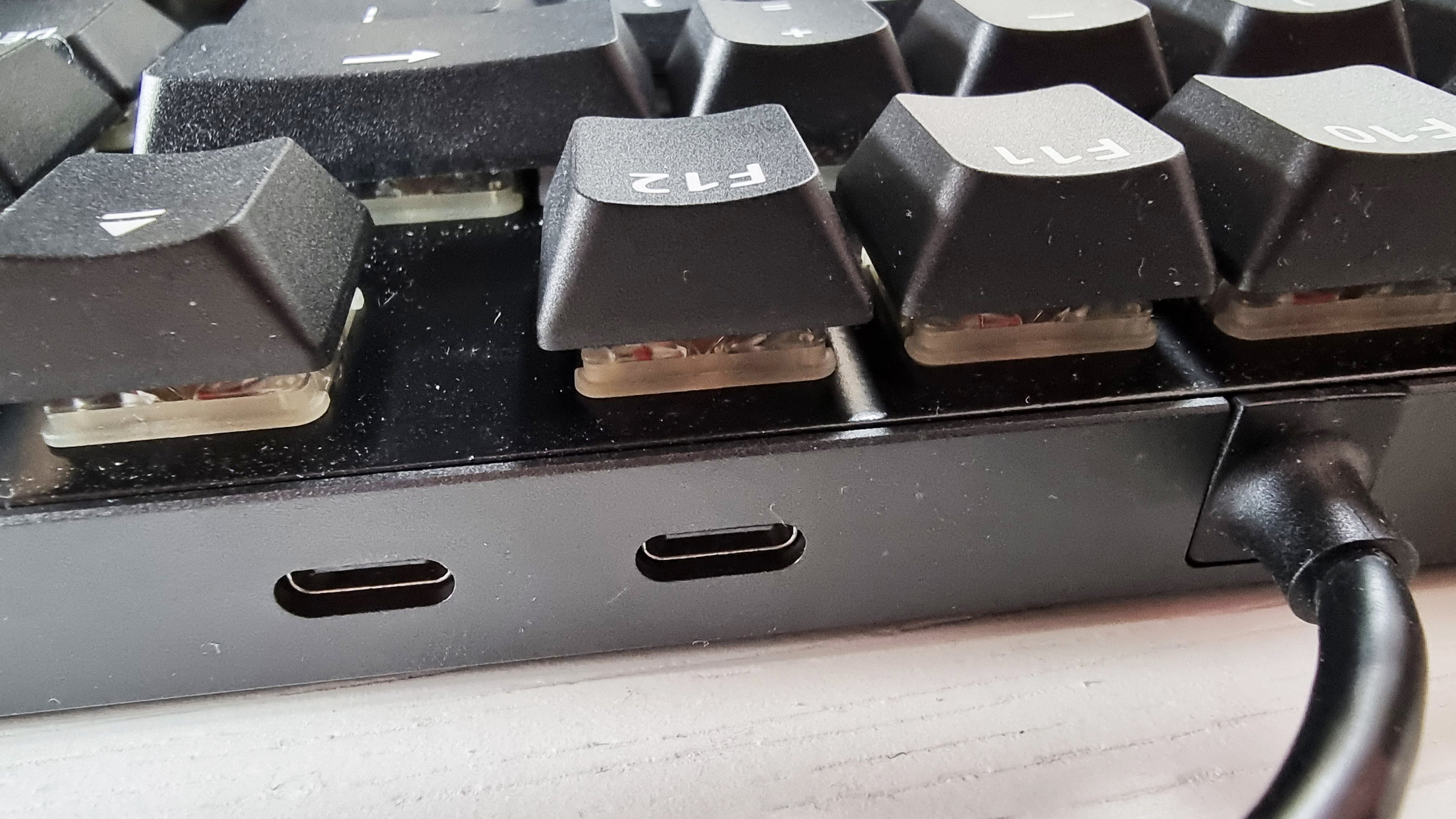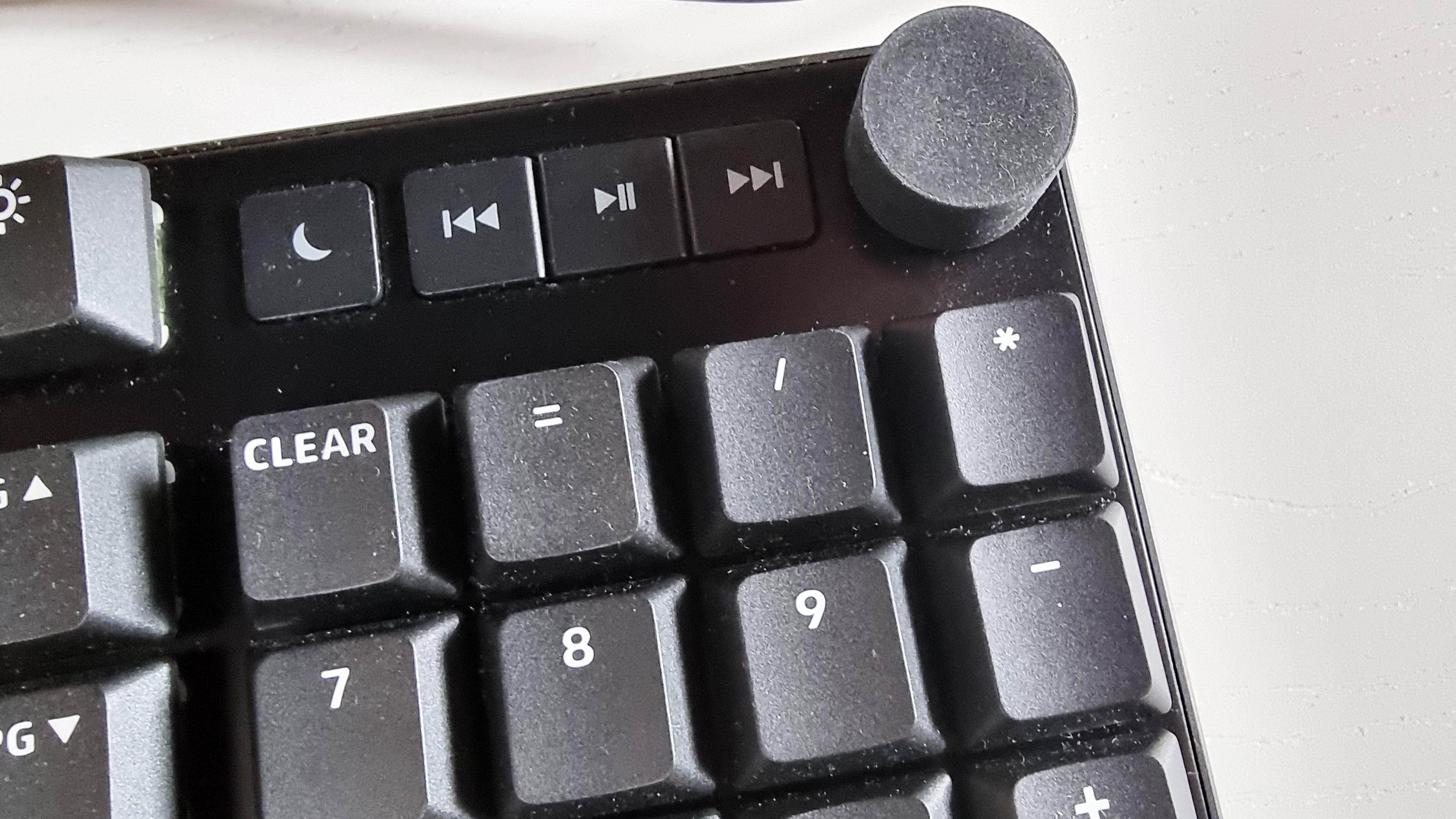Update (Oct 12): The Das Keyboard store is selling the MacTigr for $179 for a limited time. Article continues: First, my credientials: as someone that splits their time between Windows and MacOS, I’ve long been agitating for a proper dedicated MacOS keyboard to swap to. For too long Mac users have been lumbered with the runts of the litter when it comes to keyboards - the current selection is generally awash with non-mechanical options with mushier keys and less consistent key action - and even Apple’s own Magic Keyboards aren’t all that magic. So, the MacTigr has the potential to deliver a considerable upgrade, with the functionality that Mac users rely on and the mechanical switches they don’t know they’re missing. The MacTigr is a board that offers the traditional Mac layout, odd function keys and all, in a clean and sharp-looking package. The outer casing is comprised almost entirely of metal with a steel top plate and aluminium casing, which means the MacTigr features plenty of heft - it weighs in at 2.4lbs, or just over a kilo for metric users. It’s remarkably well made, with no signs of deck flex in the case, even under intense typing load, and feels excellent. Despite that heft though, the MacTigr is especially slim and modern looking, especially thanks to its use of MX Low Profile switches, which I’ll talk about in a moment. That feeling is also aided by the board’s doubleshot PBT keycaps, which add to the overall sense that it’s a quality product. Keycaps may seem like an insignificant thing if you aren’t into keyboards, but in truth, apart from the switches, the keycaps are going to be what you’re pressing down all day to type with, so having well-made ones is more important than you might think. PBT is a higher quality plastic than the more traditionally used ABS, and the keycaps on the MacTigr offer a texturing to them that, for my fingers, made this board rather comfortable to use indeed. It’s the little things that make this particular board stand out, such as the USB-C cable for connecting to modern Macs, a pair of USB-C passthrough ports for additional peripherals, an assortment of nearly 20 function keys and solid-feeling multimedia control buttons including a handy volume wheel. My only gripe with its design is the lack of feet for raising the MacTigr up, but its slight rake makes for a comfortable typing experience. Speaking of a comfortable typing experience, the MacTigr uses smooth and linear Cherry MX Ultra Low Profile keyswitches. These feature a shorter travel (3.2mm) than a more standard, full size keyswitch (4mm) for speedier operation, as well as the powers of a 45cN actuation force, which also means they’d be suitable for gaming as much as typing. I found them to be especially smooth for bashing out articles and essays alike. Even though I’m usually a fan of heavier, more tactile switches, the MacTigr’s Low Profile Red’s felt great to use - and if you’re used to Apple’s low profile laptop keyboards, then you’ll find it easy to adapt to these too. As well as simply offering snappy and light switches, the MacTigr also comes with a handy creature comfort that both typists and gamers can get behind - full NKRO, or N-Key rollover. In essence, this means you can push down as many keys as you like at once and they should all be recognised. Over the years, this has become more of a standard feature on gaming keyboards, but has been making its way into more general use ones like this. Intriguingly though, the full NKRO isn’t something that is simply enabled all the time with the MacTigr, but instead a feature that needs to be enabled. Luckily, the key command for doing so is easy to access - it’s the Fn key and the Play/Pause button. Pressing it causes a small LED under the Caps Lock key to flash to tell you it’s enabled. It’s a useful feature, but seems baffling to me as to why Das would choose to put it behind a key command. The low profile switches and N-key rollover also make the MacTigr a great gaming keyboard, with the kind of reponsiveness and mechanical feedback that make playing games that require fast, accurate button preses a breeze. There aren’t any unusual gaming features here - nothing like crazy-high polling rates or in-depth macro software - but the same design that makes it a strong work and typing keyboard serve it well for gaming too. One notable omission here is RGB, or indeed any, backlighting. As a result, the MacTigr isn’t compatible with Das’ usual Q Software suite. To this end, you can’t reprogram any of the board’s keys either or designate them to perform different functions without using external software, which may be a dealbreaker for power users and ought to be addressed by Das. The only other real downside to the MacTigr is its high $219 price. It arguably means it’s only for the elite, but after all, if you’ve spent as much as you have to get a Mac these days, then grabbing a proper keyboard to go with it may just be a more than worthwhile spend, especially considering the price of Apple’s own non-mechanical alternatives. In addition, there are mechanical keyboards you can get for a lot cheaper that will work with MacOS, as well as Windows, such as the Keychron K2 - that’s wireless, as well as offering full-size Gateron switches, and configurable software, all for less than half the price of the MacTigr. It’s another keyboard I could recommend as one of the best mechanical keyboards out there, but it lacks the finesse and charm of the MacTigr, which is arguably why this Das option is largely worth your while, in the same way that Macs offer sleeker and more modern design touches than comparable Windows desktops and all-in-ones, as well as also being as powerful. All things considered though, the MacTigr is a great typist’s board for Mac use. It’s well built, offers some especially handy functionality and above all, a brilliant typing experience, all in a smart and forward-thinking package that will sit well with any modern Apple computer.



